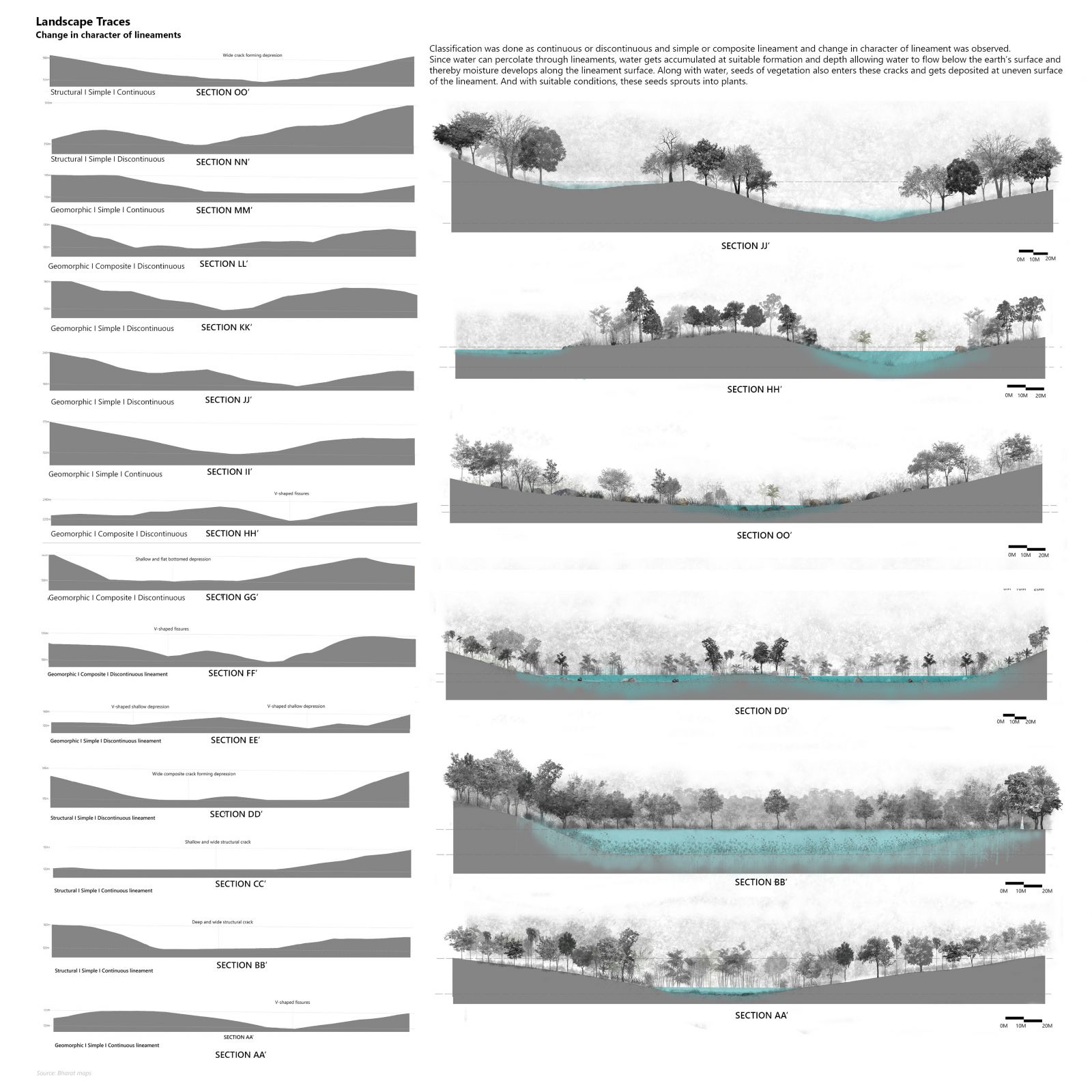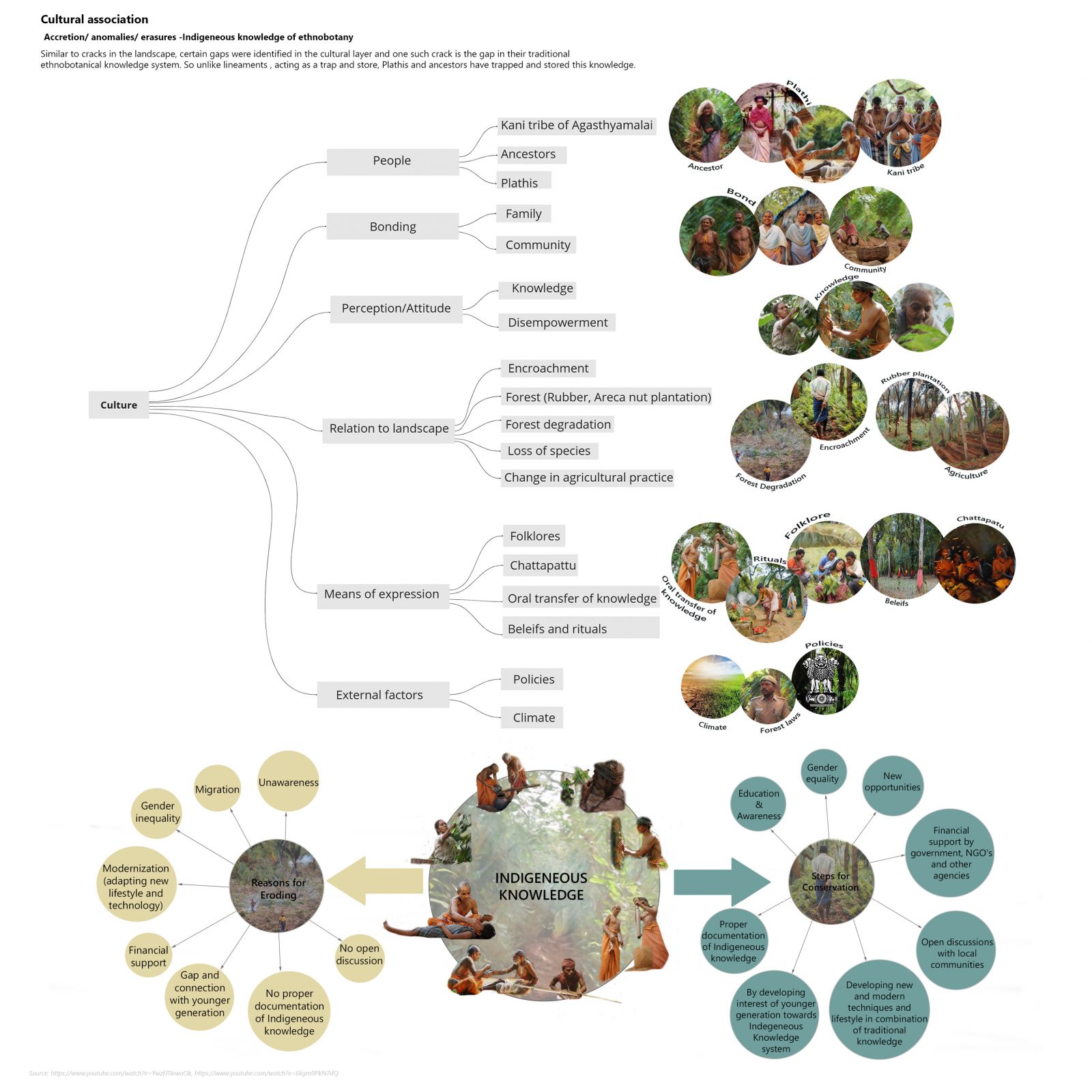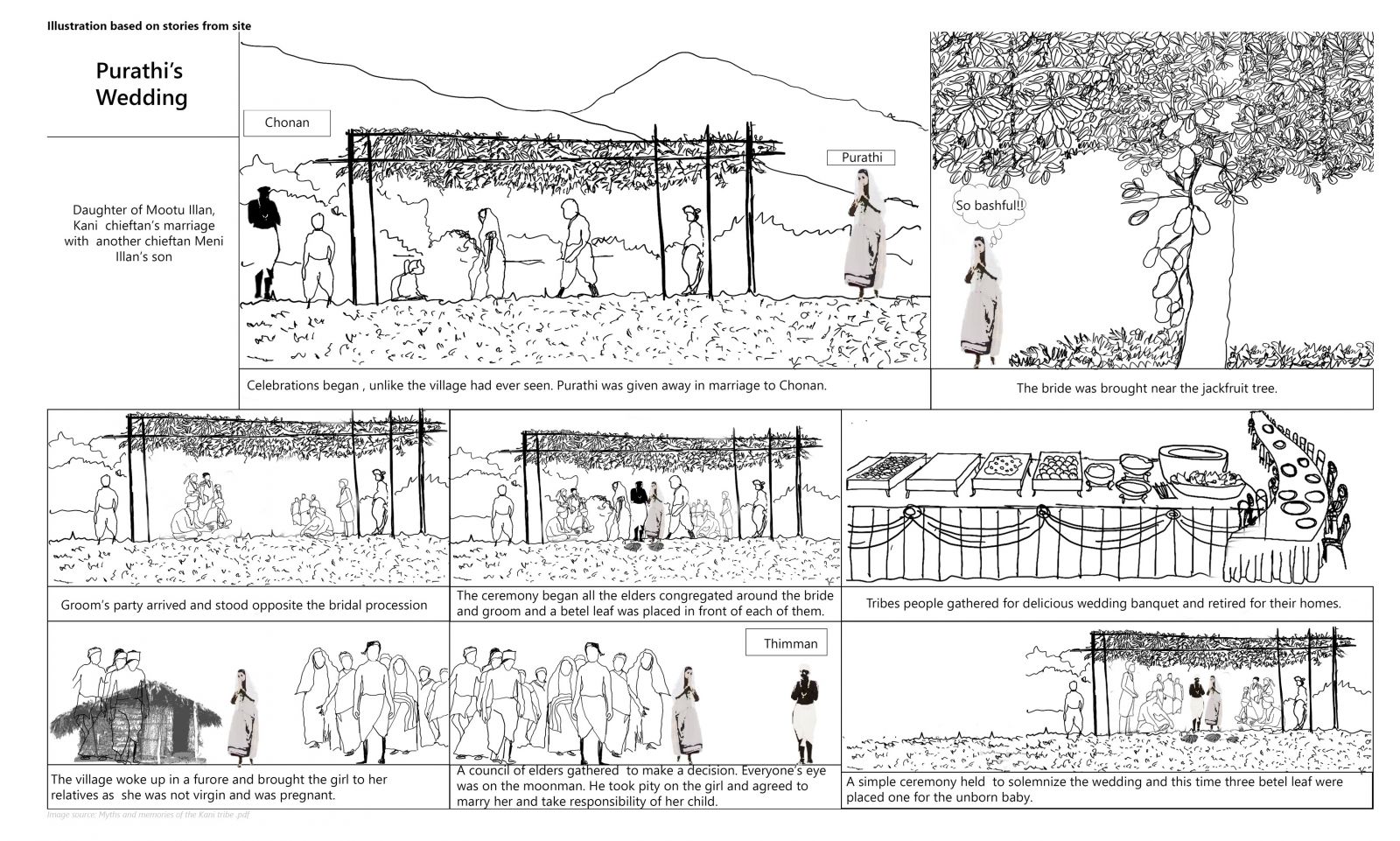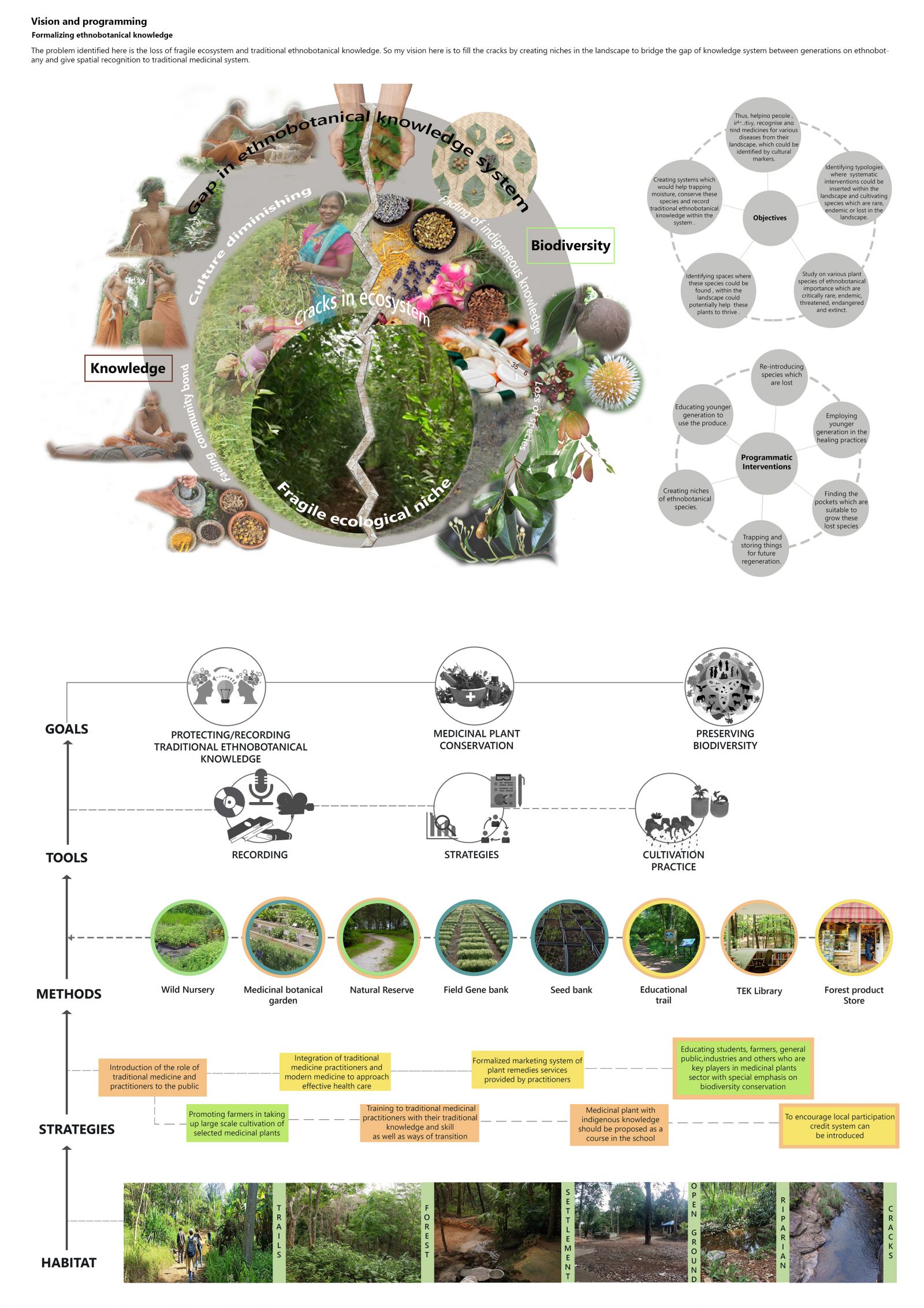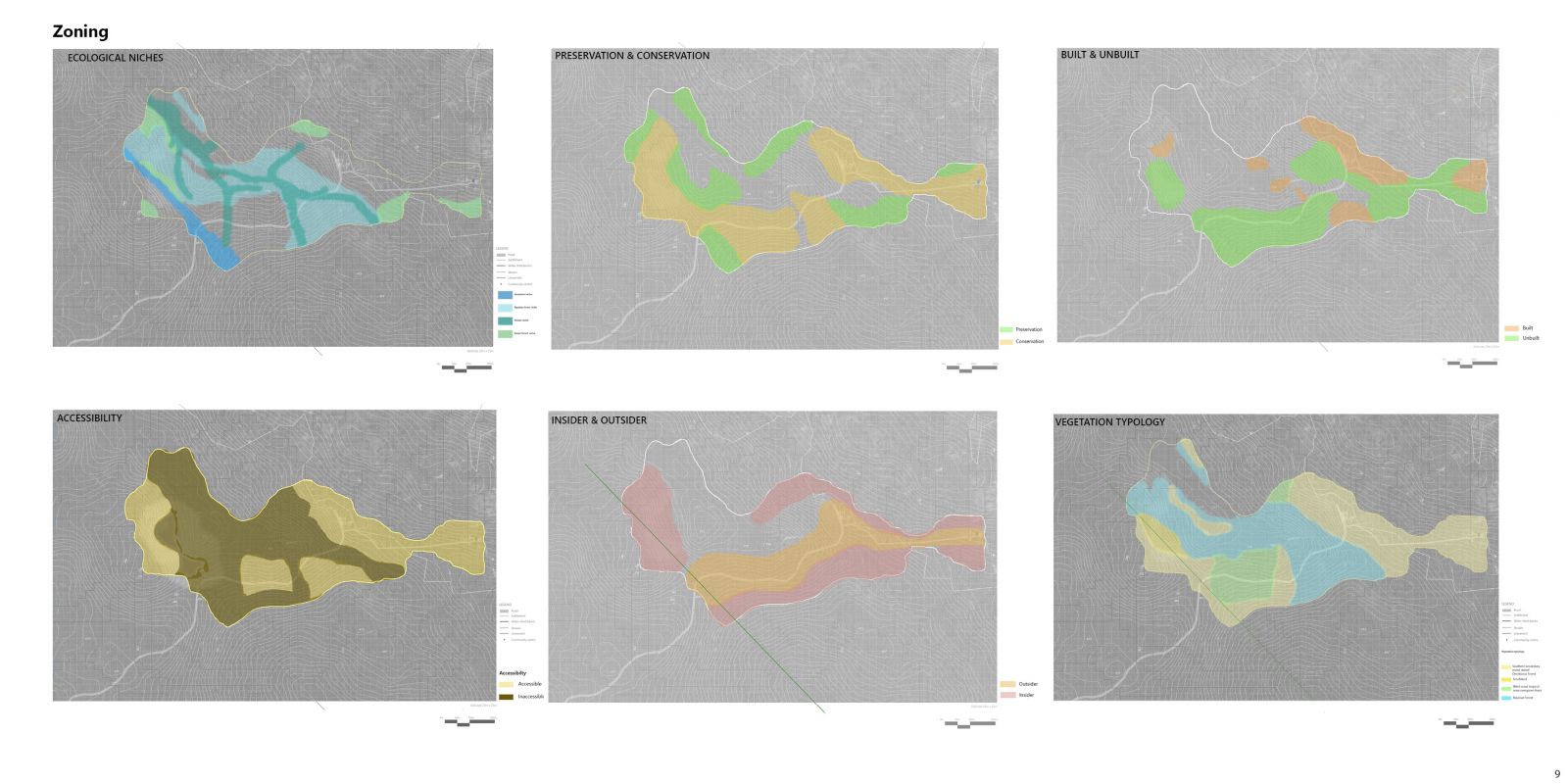Your browser is out-of-date!
For a richer surfing experience on our website, please update your browser. Update my browser now!
For a richer surfing experience on our website, please update your browser. Update my browser now!
The landscape of the Athirumalai section of Peppara wildlife sanctuary comprises of diverse geological and geomorphic units that appears as cracks and depressions. This contributes to its rich floral and faunal diversity. The richness of flora is recognised in culture and is reflected in the ethnobotanical knowledge and the ancestral’s healing practices of Kanis , the native forest community. Biological diversity and traditional knowledge are inextricably interlinked, and the loss of one leads to the erosion of other. Proportional to the degradation of forest and its species richness is the decline in the associated ethnobotanical practices of the Kani, especially a group among the community who practiced traditional healing called ‘Plathis’. On interaction with the Plathis, during our field visit it was clear that there is a visible gap in the transfer and practice of this magic & religious medicinal practice. The project aims to acknowledge a certain ecological niche and its associated knowledge system of a fragile landscape system of lineaments. The approach is to create practice and program which would help revive the ecology, formalize and store knowledge of medicinal plants. The project proposes a conservatory and practice of restoration and rebuilding along lineament ecosystem that runs as an underlying and unifying stitch/trap/network that holds an important cultural aspect of the Kanis and the rare niches of their forests. The lineament system act as a trap that has the potential to mend gap in the ethnobotanical practices and knowledge system
View Additional Work
